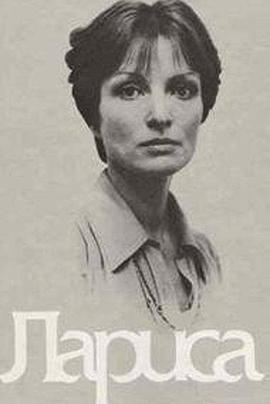Yûta
搜索"Yûta" ,找到 5部影视作品
导演:
/
马特·杨伯格,Yoshio,Frank,Chatani,Tetsuro,Moronuki,香川丰,Kalvin,Lee,Shigeru,Takahashi,Christopher,Berkeley,Naoto,Hashimoto,Yosuke,Hatta,Yutaka,Hirata,Kentaro,Mizuno
剧情:
The third season began on March 14, 2009 with the three-part premiere, Transwarped, and ended on May 23, 2009. This season following the events of Transwarped focused on the Autobots' attempt t爆龙战队o reach Cybertron in order to warn the Autobot High Council of Shockwave, who has been masquerading as Autobot Intelligence Officer Longarm Prime. Meanwhile, Megatron, Starscream, Shockwave (who replaces Blitzwing as a main character), an福尔摩斯 电影d Lugnut plan to use the colossal Autobot Omega Supreme for constructing clones of him (dubbed as Lugnut Supremes, as they appear similar to Lugnut).
导演:
/
依莱姆·克里莫夫
剧情:
A loving film tribute to Russian filmmaker Larisa Shepitko, who died tragically in a car accident in 1979 at the age of 40. This documentary by 蜜芽188 coo免费永不失联网her husband, Elem Klimov, includes excerpts from all of Shepitko's films, and her own voice is heard talking about her life and art. Elem Klimov's grief-stricken elegy Larisa examines the life of his late wife—the film director Larisa Shepitko—through a series of direct-address interviews and photomontages, set against a mournful visual-musical backdrop. Typically, Klimov films his subjects (which include himself and several of Shepitko's collaborators) within a stark, snow-covered forest, its tangled web of trees standing in as metaphorical representation of a perhaps inexpressible suffering, the result of Shepitko's premature death while filming her adaptation of Valentin Rasputin's novella Farewell to Matyora. Interweaving home movie footage with sequences from Shepitko's work (Maya Bulgakova's pensive plane crash reminiscence from Wings takes on several new layers of resonance in this context), Larisa's most powerful passage is its first accompanied by the grandiose fin4399日本完整版在线观看免费al music cue from Shepitko's You and I, Klimov dissolves between a series of personal photographs that encompass Larisa's entire life, from birth to death. This brief symphony of sorrow anticipates the cathartic reverse-motion climax of Klimov's Come and See, though by placing the scene first within Larisa's chronology, Klimov seems to be working against catharsis. The pain is clearly fresh, the wound still festering, and Klimov wants—above all—to capture how deep misery's knife has cut.





